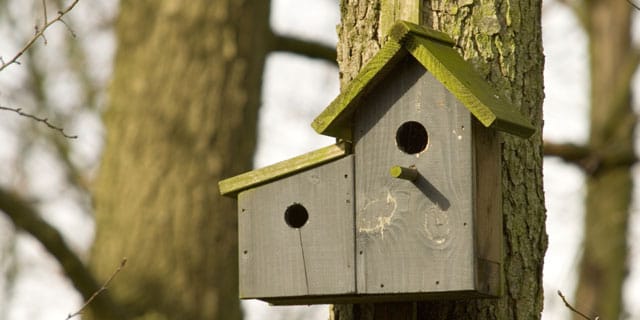Earning rental income to supplement other retirement proceeds is an approach that's been used successfully by many retirees. Certainly, the prospect of an additional source of steady revenue is highly attractive. But it is not as simple as just sitting back and watching the rent cheques roll in.
There's much to consider before putting a deposit down for the purchase of a rental unit and hanging out a "For Rent" sign, and we can never hope to cover all the pros and cons of becoming a landlord in just one blog post. So we’ll limit this article to smaller residential units, and provide some initial points to help you determine if owning a rental property is right for you.
Purchasing a rental property
Will you be able to fund the purchase of a rental property from your own savings, or will you require a mortgage? Conventional wisdom dictates that you shouldn't have an open mortgage once you are retired, but this refers to a mortgage on your residence and doesn't apply to this situation. The purchase of a rental unit is simply another investment type that provides the acquisition of a valuable asset which can be resold later, in addition to a regular payment stream.
Of course, if like many Baby Boomers you are planning to downsize your family home as you transition into retirement, the tax-free equity accumulated in your principle residence can be put towards the purchase of a rental property. This will dramatically reduce the amount you need to borrow, or even eliminate the need for a mortgage altogether.
Benefits of a multi-unit, owner-occupied residence
Selling your principle residence means you'll need a new place to live. But if you can afford to forego the revenue from one of your rental units, living in your own rental property provides additional benefits. For example, one advantage of residing in one of your own rental units is that the down payment required to purchase the property is usually lower. With last year’s federal government down payment changes, the minimum down payment on an owner-occupied dwelling is 5% of the first $500,000, and 10% of the remaining amount greater than $500,000. On a non-owner-occupied property, lenders require a 20% minimum down payment.
Lenders demand a higher down payment for non-owner-occupied buildings because of the increased risk attributed to these dwellings. Lenders are concerned that renters will not have the same level of commitment to looking after the building as the owner, whereas having the owner actually living on the premises ensures there is someone available at all times to keep an eye on the property.
Also keep in mind that most lenders consider a property with more than four units, or any building with retail spaces such as a storefront, to be a commercial property. Commercial properties also require a down payment of at least 20% in order to arrange a mortgage.
Evaluating rental property as a suitable investment
Before making any type of investment, you need to consider the return and potential yield of your investment, while conducting an assessment of the risks. Investing in property is no exception. In fact, investing in a rental property exposes you to some unique risks not associated with other investment types.
For instance, we’ve all heard of the difficulties a problem tenant can make for the landlord, and how costly it can be to deal with a tenant that falls behind in their rent. There's also the expense of upkeep on your property, not to mention those late night phone calls to deal with a clogged drain or malfunctioning appliance.
“Vacancy risk” refers to the potential of having your rental units sit empty for a prolonged length of time. This very real possibility means you must be extremely selective in terms of the location of your property, as well as the maintenance of your premises, to ensure you can continue to attract quality tenants and thereby maintain revenue.
There's also the risk of a decline in the value of your property. Even if the value does increase, but fails to at least keep pace with the rate of inflation, your initial investment will erode over time in terms of actual buying power.
Finally, unlike stocks or other investments, you can’t easily sell just a portion of the property to raise emergency funds if you have most of your retirement funds tied up in property.




 Retirement
Retirement